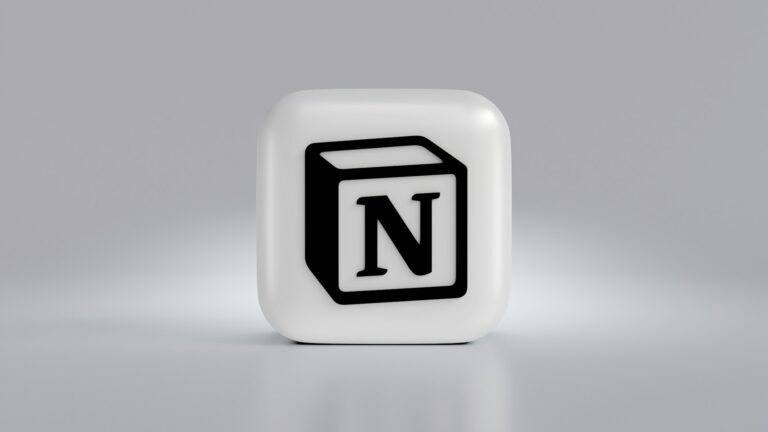
What is a Sales funnel?
The sales funnel is one of the most important concepts of digital marketing developed by E. St. Elmo Lewis In 1898. It is a model which visualizes an imaginary journey of customers from the first attraction to a certain brand/product to the final decision: purchasing. It is often called AIDA-model which stands for:
- Awareness: the customer will beinformed of the existence of a product/service
- Interest:the customer will clearlyexpress an interest in the product/service
- Desire:the customer will be inclined to a specific brand
- Action:the customer will purchase the product
Source: freepik.com
Sales funnel conceptmight be straightforward, but devising and implementing an efficient plan to build it is not easy. A way of getting people to notice your brand is by using storytelling approach on social media in orderto build a sales funnel.
In this article, we are going to explain how to take advantage of storytelling in order to support your sales funnel strategies.
What is the Storytelling approach?
Your story actually determines the way your company or brand will be recalled by your customers. A story is generally the narration of a concatenation of events including some key quality features of your product/service. It is well-established that “Stories” can draw the attention of people more than traditional methods.
Brand storytelling uses this narrative approach to match your brand message with your customers’ desire.Nowadays, you can see a trend of quitting officialapproaches in advertisements and communication with customers.Old-fashioned commercial methods cannot build a sales funnelefficiently. These days, great advertising is regarded as the one that tells a compelling story.
Source: freepik.com
Creative storytelling is now possible through different features on varioussocial media platforms.Using this approach, marketers can influence as many people as possible and direct them through sales funnels. Storytelling will help you to affect both left and right sides of your customers’ brain. These sides are respectively responsible for logical and emotional tasks. So, you can take advantage of these characteristics to change their decisions and keep your customers loyal to your brand.
How to tell your brand story?

A typical approach to start and continue telling a story is chronological narration of events. For example, many companies will start with “The company was founded in YEAR by FOUNDERS”.
The brand history is of paramount importance, but if you want to cement your brand in the customers mind, you have to focus on something different. You should think that what can redirect a relevant audience to your funnel. Of course, the majority of people purchase a product simply because they “NEED” it. So, you had better to tell your story focusing on the specific needsto which your product/service is supposed to respond.
For example, if you have a chain-restaurant with vegetarian dishes, you are actually responding to the needs like “low fat foods”, “healthy lifestyle”, and “animal right”. So, your core concept in the storytelling have to include these keywords.
If you learn how to boost your brand awareness using these core concepts, you can expect that your audience show an interest in your product/service. Then, you will know what stories you have to tell and how to make sales funnel via your stories.
So, we recommend you to follow the below step-by-step guide in your storytelling to make a sales funnel:
- Describe the problem: What is wrong with fatty dishes? What health problems can be caused by them?
- Explain the benefits the products/services can bring: What is the beneficial aspects of vegetarian food? What diseases can be tackled by your dishes?
- Introduce the advantages of your brand: What vegetables are you using? What is the price? How is the taste?
How to create compelling content to broadcast your stories?
Content generation is at the heart of every marketing strategies on social media. In particular, when you are telling you stories, being expert in content generation is of great importance. There are several important points you have to consider in your content generation. For example:
Visualization
You might have heard it countless times that visual contents are more attractive compared to texts. People usually view texts as being boring and do not bother to read them especially long texts. So, you have to compact your stories into high-quality, unique and informative multi-media contents.
Especially, you need to think of using the most recent visual feature of many social media platforms: LIVE videos. You can make your audience feel they are part of your brand story by using Live. So, they will show interest in your brand and probably continue their journey through your sales funnel.
For example, you can take live videos when eating vegetarian food or even when you are making it. It can provide your customers with information from behind the scene and consequently build a strong customer loyalty.
Hashtag
Although visual contents are important, they cannot be searched and make your content visible across internet. The most effective way to make people remember your message is to use creative hashtags. You have to use unique keywords in your hashtags to support your brand identity. You can promote your stories on all your social media accounts by using these hashtags on all of them. For instance, you can use:
#Healthy_Food
#COMPANY NAME_Vegetables
#Low_Fat_Dishes
User-generated content
It might be time/money consuming to generate all required contents by yourself. The best way to tackle this problem is asking your followers to send you quality content. Many people especially young generations will be enticed to be seen on your page by taking a picture or video when using your product/service. In the vegetarian example, you can give a considerable discount to everyone who shares a Live when eating vegetarian dishes in your restaurant.
Other important factors

There are several important factors you need to know before or even after telling your story.
Influencer marketing
Influencer marketing is one of the most important strategies many marketers use to boost their business on social media. If you want to broadcast your stories in order to support your sales funnel strategy, you need to consider this option. People usually accept what influential personalities say or suggest. So, you can redirect them through your sales funnel by includinginfluencers in your brand stories.
If you are a beginner, you can start with finding some niche relevant influencers with less than 50,000 followers. They are usually called Micro-influencers and have a high rate of engagement, because they are experts in that certain field.According toSocial Tradia, many influencers especially on Instagram cannot keep their followers and want to sell their Instagram account.It is recommended to use tested tools to find niche relevant influencers.
Engagement
Your stories cannot have great results if you do not engage well with your audience. Try to respond to every reaction from your followers and appreciate their likes, comments, shares, etc. You can engage with them at a personal level. By this approach, you can build customer trust and also keep them in the sales funnel.
Analytics
Analytics are tools that give you insight into data from your activities and your performance on social media. You should use this data to track the growth and efficiency of your social strategies.
In fact, it is a must for you if you want to increase the return on your investment on social media marketing. You can optimize your stories in terms of content, form, number, posting schedule, etc. to increase its efficiency.
Source: freepik.com
Conclusion
In your storytelling you have to show your customers that you understand their problem and can offer them a solution. You have to make them like your brand so that they keep walking in your sales funnel. Strengthening relationship with your past, present, and future customers are important. You need to generate stories for all of them. By this approach, you can expect having a thriving business and strong bottom line.






